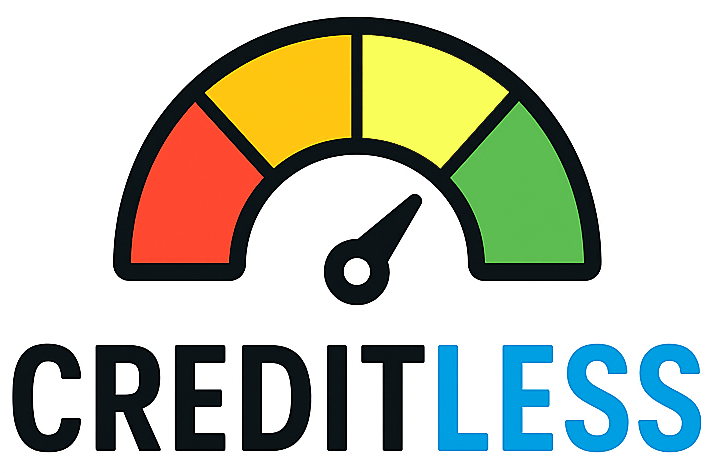Getting started with credit: quick overview
Opening your first credit card is a big step — it can jump-start your ability to borrow affordably, access rewards, and build a credit history that matters to landlords, lenders and employers. For people with little or no credit history, three common entry points work best:
- Student cards: Designed for enrolled students, usually with no annual fee and rewards tuned to student spending.
- Starter (entry-level) unsecured cards: Unsecured cards for new-to-credit applicants that often emphasize simple rewards and educational features.
- Secured cards: Require a refundable security deposit and are widely used to build or rebuild credit because issuers typically report activity to the three major credit bureaus.
This guide explains how these card types differ, highlights practical picks for new users, and gives responsible-use strategies to help you build credit without unnecessary cost or risk.
Top picks by category — what to consider
Below are the types of cards new credit users should prioritize and sample issuer features to look for. Actual offers change frequently; compare current terms before you apply.
Student cards — built for life on campus
Why they work: Student cards often have no annual fee, straightforward rewards (cash back or flat-rate), and perks that reward on-time payments. They may include helpful tools like free FICO score access or a Good Standing reward for consistent payments.
- Look for: $0 annual fee, rewards that match your daily spending (dining, groceries, streaming), and reporting to all three bureaus.
- Who benefits: Full- or part-time students with limited credit who can demonstrate income (work, allowances, or school-based income).
Starter (unsecured) cards — simple, low-risk
Why they work: These cards accept applicants with thin credit histories. They usually don’t require a security deposit and focus on building credit through responsible use.
- Look for: No annual fee, automatic credit-line reviews after several months, and simple rewards or cash-back structures.
- Who benefits: Adults who don’t qualify for prime unsecured cards but want to avoid a security deposit.
Secured cards — the reliable credit-builder
Why they work: You place a refundable deposit that becomes your credit limit. Issuers report payment history to the bureaus, so on-time payments and low utilization help your score.
- Look for: Low required deposit (if possible), $0 annual fee or minimal fees, clear path to graduating to an unsecured card, and full reporting to the three major bureaus.
- Who benefits: People with no credit, very limited credit, or those rebuilding after major negative events.
Sample options commonly recommended for new credit users (features vary by issuer and may change): student-targeted cards with cash-back structures; entry-level unsecured cards that reward responsible behavior; and secured cards that offer a refund of the deposit or a conversion path to an unsecured product after consistent on-time payments. Always verify current rates, fees, and benefits with the issuer before applying.
How to use a starter or secured card responsibly
Getting a card is only the first step. Responsible habits determine whether your score improves — and whether you avoid fees or interest costs.
Practical rules of thumb
- Pay in full each month: Interest is the most expensive part of credit card ownership. Paying the statement balance avoids finance charges and preserves rewards value.
- Keep utilization low: Aim to use no more than 30% of your available credit — lower is better. If your secured card limit equals your deposit, consider requesting a higher deposit or using the card sparingly to keep utilization low.
- Set up autopay and alerts: Automatic payments for at least the statement minimum prevent late payments, which can damage your credit quickly.
- Choose deposit size strategically (secured cards): A larger deposit gives you a larger limit and lowers utilization for the same spending, but only deposit what you can afford to set aside.
- Watch fees: Avoid cards with high annual fees or confusing penalty fees when you’re building credit — the long-term score gains rarely justify steep upfront costs for beginners.
- Plan to upgrade: After 6–18 months of consistent, on-time behavior many issuers review accounts for an unsecured upgrade or credit-line increase. If offered, confirm whether your deposit will be returned and whether the issuer will convert the account without a hard pull.
Monitoring and next steps
Check your credit reports and scores regularly (you can get free annual reports and many issuers provide free score tracking). If you spot inaccuracies, dispute them quickly. Once you have a 6–12 month record of timely payments and low utilization, compare unsecured upgrade options that offer better rewards or lower rates.
Final note: Card offers and issuer policies change often. Before applying, review the issuer’s current terms, fees, and cardmember agreement. If you’re unsure which option suits you best, start with a low-fee student or secured card that reports to all three bureaus — then use the account to build the habits that create real, lasting credit opportunity.
